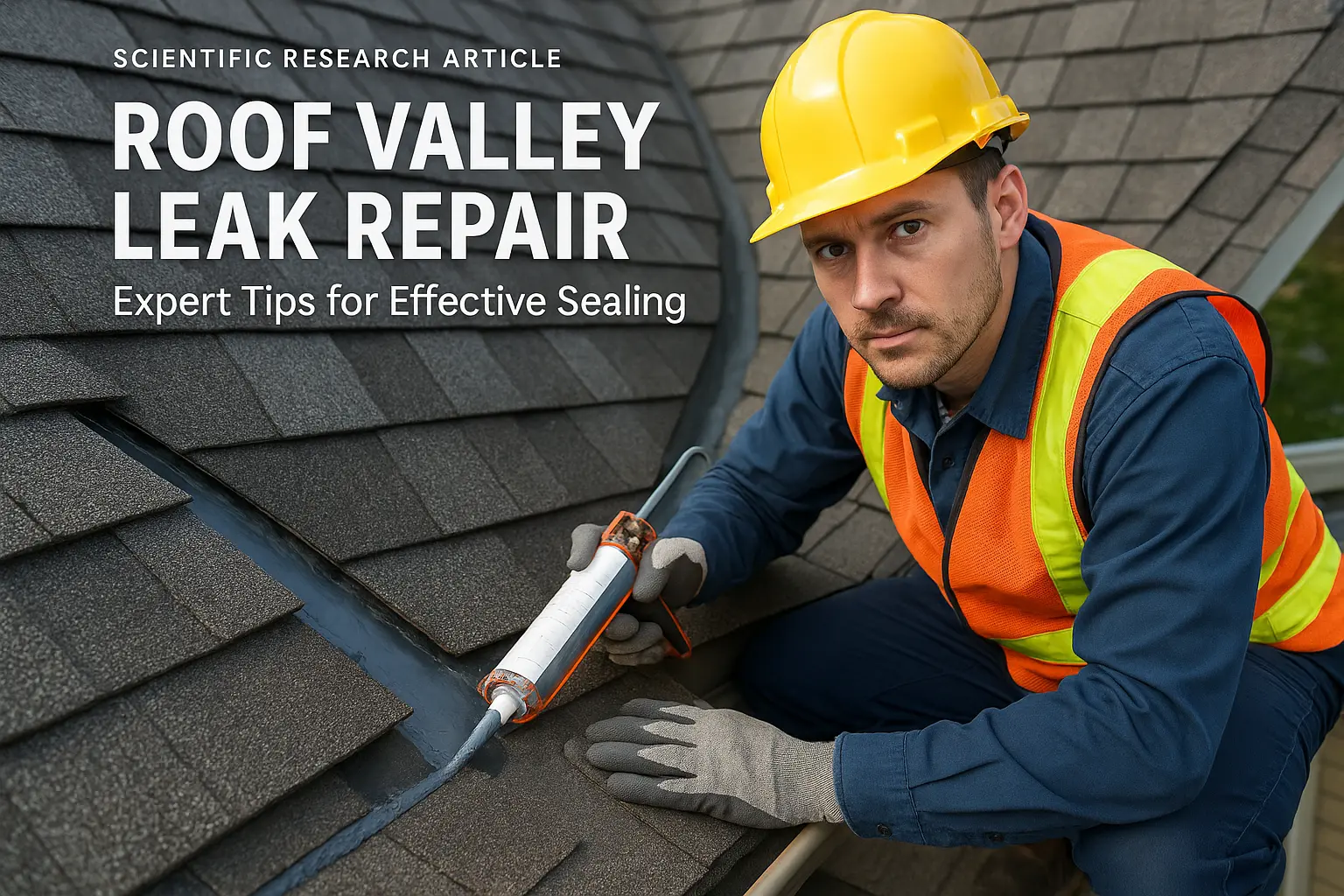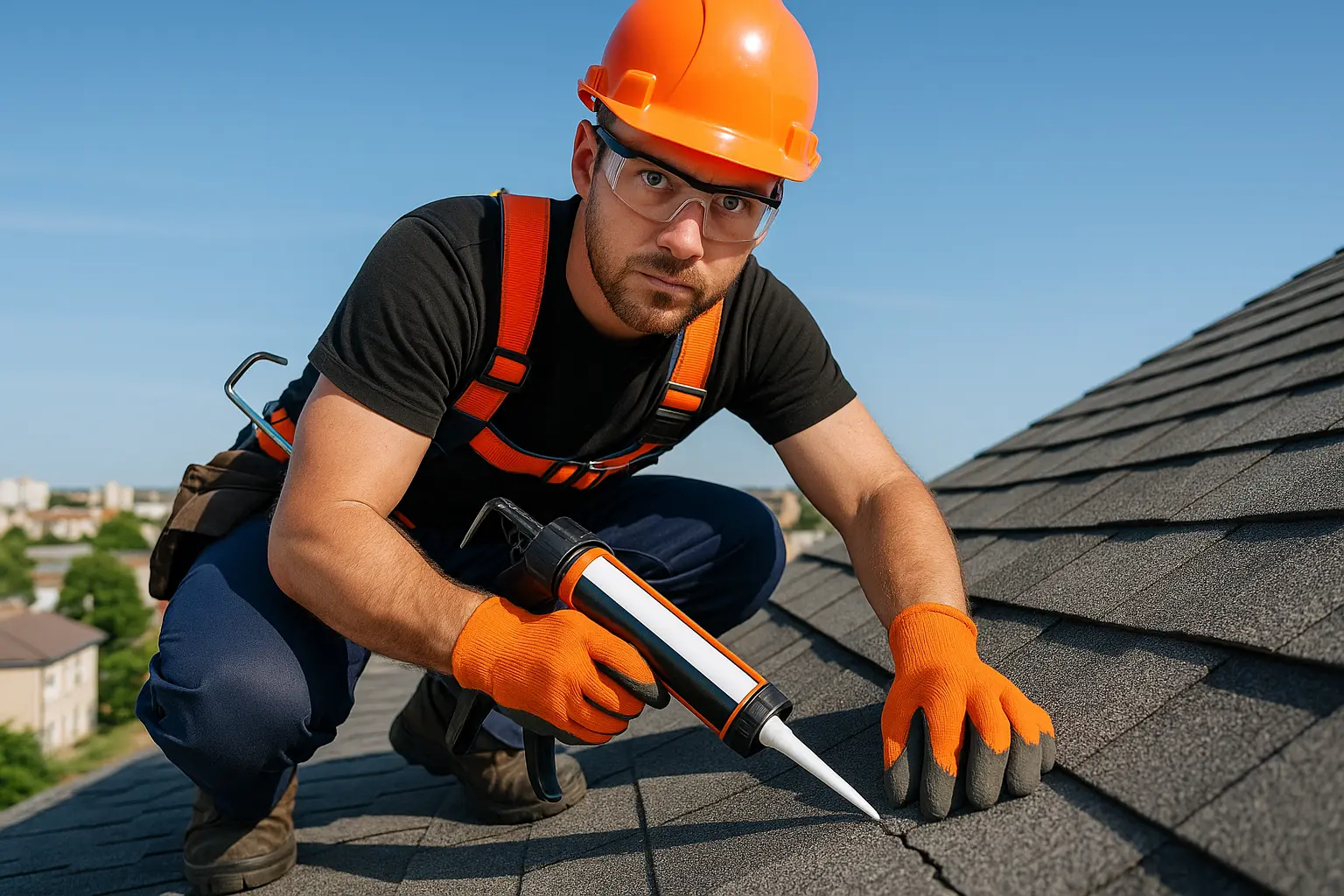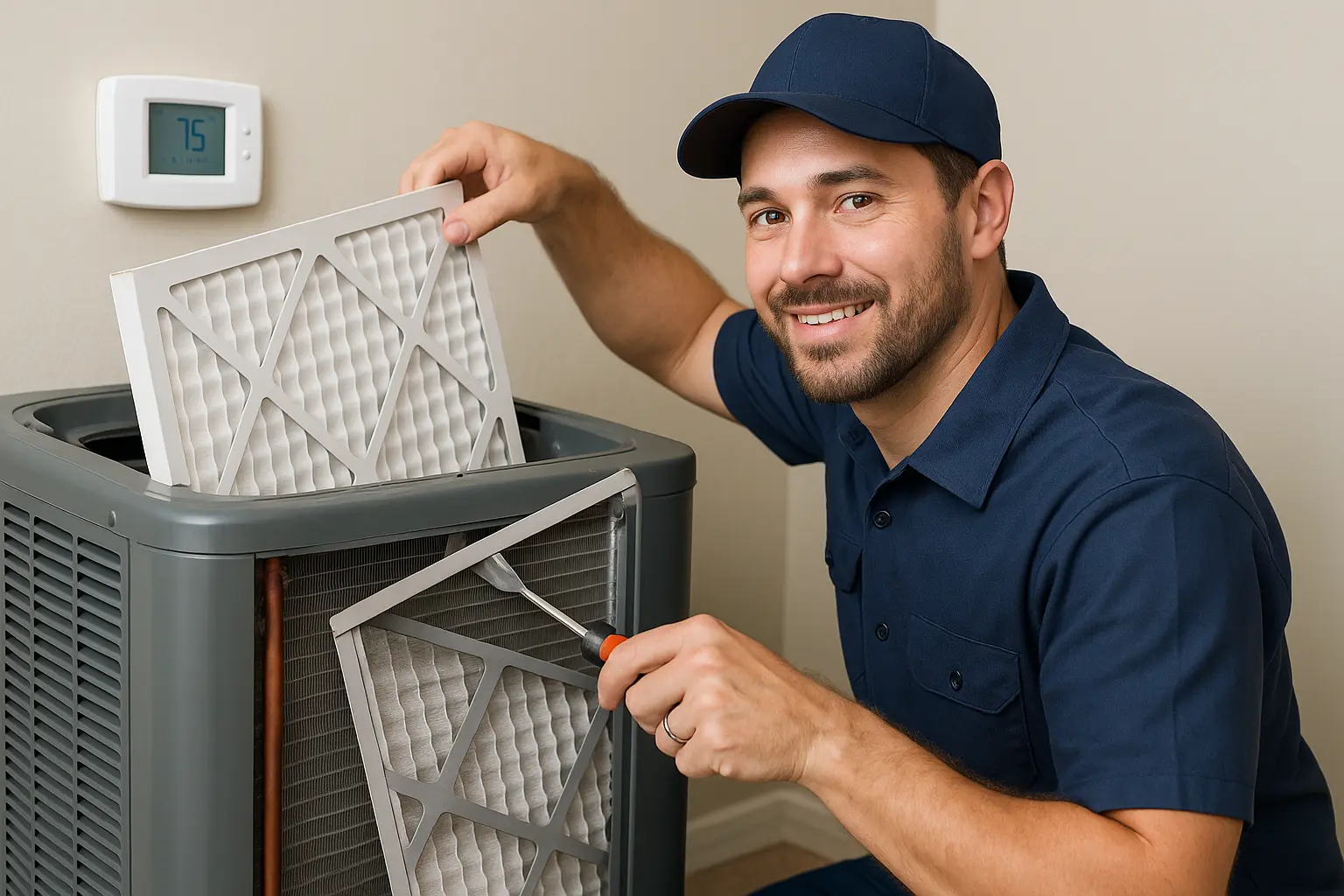Introduction
Roof leaks in valleys create a constant headache for homeowners, often starting in hidden spots before evolving into serious problems that undermine your home’s safety. Whether your house is an old classic or a modern build fitted with the latest materials, knowing how to tackle valley leaks is key. Routine checks, prompt repairs, and consistent maintenance not only protect your home but also cut down on future repair bills. In the discussion that follows, we share a detailed guide filled with clear instructions, real-life examples, and practical hints to help you identify, fix, and stop leaks in roof valleys. Throughout our guide, we explore techniques that contribute to strong Roof Valley Protection and overall roof durability.
Identifying Valley Leaks with Roof Valley Protection
Pinpointing leaks as early as possible is essential to avoid a cascade of damage. By carefully observing warning signs and testing suspected areas, you can save your home from escalating repair costs. Whether it’s a tiny drip or extensive moisture seepage, early detection is your best defense. Always keep in mind that good Roof Valley Protection starts with a clear understanding of the leak’s origin.
Common Signs of Issues
Often, the first signs of trouble appear inside the living space. Look out for indicators such as:
- Stained or damp ceilings: Patches or discoloration on the ceiling often signal moisture pooling above. This is a classic sign that a valley leak could be quietly spreading.
- Moist walls and damaged insulation: Water can travel down the structure, making walls and insulation lose their strength. This gradual weakening might eventually lead to more serious structural issues.
- Pooling in the attic: If you find small puddles or consistently damp spots in the attic after rainfall, these are clear signs of water breakdown through the roof layers, possibly due to a valley leak.
- Shingle deterioration: Curling, cracked, or faded shingles hint at water seeping in from underneath. Often, algae or moss will form in these damp conditions, adding a telling visual clue.
- Persistent musty odors: A lingering smell of dampness indicates prolonged moisture exposure, likely encouraging mold growth in hidden areas.
Recognizing these clues early on helps you act swiftly, reinforcing the strength of your Roof Valley Protection measures and preventing extensive repairs.
Pinpointing the Leak Source
After noticing signs of a breach, the next mission is to find the exact entry point for the water. More often than not, the valley—the join between two roof planes—is the usual suspect. Here’s how to locate the trouble spot:
- Visual Check: Inspect both the outside and inside of the roof valley. Look carefully at the shingles and underlying materials for gaps or looseness. Misshapen or overlapping shingles may signal a compromised barrier.
- Flashing Issues: Flashing acts as a barrier against moisture where different roof planes meet. Check these metal pieces for corrosion, separation, or small cracks. Even tiny gaps can interrupt your roof’s Roof Valley Protection system.
- Debris Build-Up: Leaves, twigs, and dirt can gather in the valley, interrupting the natural flow of water and causing accumulation. Clearing such debris not only prevents clogs but also makes it easier to spot any hidden damage that worsens the leak.
- Observation During Rainfall: Sometimes the best tests occur during a downpour. Watch carefully as water cascades over the roof—unusual drips or misdirected flows help confirm that the leak is rooted in the valley area.
Being systematic in your inspection not only helps in the immediate repair but also ups your overall Roof Valley Protection game.
Employing Water Testing
If a visual examination leaves you with doubts, water testing is a straightforward way to pinpoint issues. By simulating rain, you can trace water as it finds its way inside:
- Segmented Testing: Utilize a garden hose and work in small segments across the suspected valley area. Have a friend stay inside—perhaps in the attic—to signal the moment water starts to leak through.
- Monitor Water Flow: Watch carefully how the water behaves. Tracking its path can indicate whether the leakage stems from the valley or another roof section. Such evidence is indispensable for repairs that boost your Roof Valley Protection approach.
- Comparison of Observations: Compare the collected evidence with initial observations. Minor leaks under normal conditions may reveal larger problems once water is applied in a controlled manner.
This process is cheap but highly effective, confirming your suspicion and laying the groundwork for precise repairs in your valley roof leak repair strategy.
Fixing Roof Valley Leaks
Now that you know where the problem is, it’s time to set things right. The repair process involves several clear-cut steps, from a thorough cleaning to replacing elements that have succumbed to weathering. Each step plays a vital part in restoring the roof’s natural defense, ensuring that your home remains secure against further moisture intrusion.
Cleaning the Valley
Your repair work starts with a deep clean. A pristine surface is the best friend of any successful resolution:
- Remove All Debris: Eliminate leaves, twigs, and dirt that mix with rainwater to form harmful mixtures. Tools such as brooms, roof rakes, or gentle pressure washers work wonders in clearing out these unwanted materials.
- Inspect While Cleaning: As you clear out the debris, keep an eye out for any additional damage—whether loose shingles or signs of wear on the underlying surfaces. This inspection often uncovers hidden faults that need a fix right away.
- Smooth the Surface: A clear and smooth valley ensures that water flows off effortlessly, reinforcing the roof’s design. This step also helps any new materials like roofing cement or sealants adhere better, further boosting your home’s Roof Valley Protection.
- Plan Regular Clean-Ups: Set up a routine cleaning schedule aligned with seasonal changes. For instance, a post-autumn check prevents debris build-up that could compromise your valley roof leak repair efforts.
Through proper cleaning, you pave the way for an effective repair that builds on solid Roof Valley Protection principles.
Replacing Damaged Shingles
When shingles in the valley show signs of wear or breakage, replacing them is critical. This technique not only addresses the immediate issue but also enhances the overall defense of your roof:
- Gently Remove the Old: Use a flat tool to lift nearby shingles, taking care not to damage them further. This careful approach ensures that the integrity of the surrounding area remains intact while granting you access to the damaged parts.
- Clear Out All Fragments: After lifting, completely remove the broken shingles along with any stray nails or debris. This step unveils if there are deeper issues with the underlayment or flashing.
- Install New Shingles Correctly: New shingles must be carefully overlapped and secured with nails. A thin bead of roofing cement along the edges ensures a snug, water-resistant fit that greatly improves your Roof Valley Protection.
- Select Quality Materials: Match the new components to the existing roofing. Choosing high-quality shingles not only keeps the look consistent but also enhances resistance to weather challenges.
A proper shingle replacement is as much about aesthetics as it is about safety, forming a strong component in any comprehensive valley roof leak repair plan.
Repairing Flashing and Underlayment
The flashing and underlying layers are your roof’s frontline against water intrusion. Over time, these parts may wear out from continuous exposure, and repairing them is key to keeping your roof sturdy:
- Examine the Flashing: Carefully inspect the metal pieces along the roof valley. Look for signs of rust, cracks, or separations that might allow water to seep in. Even small failures here can compromise your entire Roof Valley Protection strategy.
- Seal Minor Cracks: When damage is minimal, a high-grade waterproof sealant can bridge gaps and restore a continuous barrier. Make sure the surface is clean and dry before applying the sealant for the best effect.
- Replace Seriously Damaged Flashing: In cases of extensive deterioration, swapping out the flawed flashing is necessary. Although this job might take more time, new flashing materials guarantee longer-lasting protection and align better with the roof’s overall look.
- Update the Underlayment: Hidden beneath the shingles, the underlayment is another vital shield. If it appears worn or torn, replace it with a quality material that ensures overlapping sections create a seamless barrier against water.
- Long-Term Gains: Regular checks and timely repairs of the flashing and underlayment boost the longevity of your roof. These actions not only address current issues but also fortify your home against future weather extremes, making your push for solid Roof Valley Protection a wise long-term investment.
By addressing the weak spots in the flashing and underlayment, you create robust multi-layered defenses that significantly reduce the risk of future leaks.
Preventing Future Leaks with Roof Valley Protection
After you’ve managed the current leak, turning your attention to prevention is a must. Proactive actions and regular upkeep are the backbones of lasting protection. With a focus on smart maintenance, you can ensure your roof’s valley remains secure for the long run.
Roof Valley Protection Essentials
Preventing leaks involves a blend of routine activities that, together, build upon your home’s shield against water infiltration. Here are some core strategies that enhance your overall Roof Valley Protection system and offer effective valley roof leak repair:
- Scheduled Inspections: Make it a habit to evaluate your roof at least two times a year—ideally in the spring and fall. This frequent check helps you spot issues before they balloon into major repairs, reinforcing your house’s Roof Valley Protection measures.
- Professional Assessments: While home checks are useful, getting a pros’ opinion can uncover subtle faults that might otherwise go unnoticed. These experts, armed with sophisticated tools, can offer insights that further improve your valley roof leak repair strategy.
- Document Maintenance: Keep a detailed log of every inspection and repair. Such records help in spotting recurring trends and ensure that every effort made contributes to stronger Roof Valley Protection over time.
Regular follow-up and professional insight are key aspects that contribute to a reliable defense, making sure your roof stands strong against any weather conditions.
Keeping Valleys Clean
Keeping the roof valleys clear is an everyday job that goes a long way toward preventing water accumulation. Debris buildup is a common cause of leaks, so regular cleaning directly supports your overall Roof Valley Protection efforts:
- Seasonal Cleaning: After seasons like autumn, set aside time to clear accumulated leaves and branches using appropriate tools, such as leaf blowers or roof rakes. This practice keeps water flowing freely and prevents clogs that could lead to damaging leaks.
- Immediate Debris Removal: Following storms or high winds, inspect and remove any fresh accumulation. Timely cleaning preserves the natural drainage and boosts your valley roof leak repair plan significantly.
- Extra Protective Measures: For extra caution, consider applying a water-repelling sealant on exposed valley surfaces. Not only does this act as an added barrier against water, but it also makes routine cleaning easier while reinforcing your Roof Valley Protection system.
Careful upkeep prevents clogs, ensures proper water runoff, and directly supports a sturdy, long-lasting roof.
Professional Maintenance for Lasting Protection
Even if you’re handy with repairs, professional maintenance is an investment in enduring quality. Specialists bring expertise and advanced tools that reinforce your entire roof’s ability to fend off leaks:
- Skilled Inspections: Professionals can spot early signs of damage that might be invisible to the casual observer. Their attention to detail strengthens your valley roof leak repair process and overall Roof Valley Protection.
- Comprehensive Services: Many roofing companies provide packages that include routine checks, minor repairs, and even full restorations. These services extend the life of your roof and ensure every component—from shingles to underlayment—works together seamlessly.
- Use of Advanced Tools: Equipped with thermal imaging cameras and moisture meters, experts can detect issues below the surface, ensuring your maintenance efforts build a reliable and robust Roof Valley Protection system.
- Long-Term Savings: While hiring professionals may seem costly initially, the long-term savings from avoiding major repairs are significant. This smart approach to maintenance guarantees that every repair you invest in strengthens your roof’s overall defense.
Professional maintenance enhances your home’s durability while reinforcing the entire valley roof leak repair strategy, ensuring that your investments in Roof Valley Protection pay off over time.
Conclusion
The challenges of roof valley leaks demand both prompt repair and ongoing attention. Starting from clear identification to focused repair and continuous prevention, each phase contributes to a comprehensive defense for your home. By embracing thorough troubleshooting methods, cleaning out debris, replacing worn-out shingles, and mending flashing and underlayment, you ensure that any minor leak is fully addressed. This not only saves money in the long run but also solidifies your overall Roof Valley Protection strategy.
Prevention is just as crucial as repair. Regular inspections, careful cleaning, and professional maintenance all work together to maintain proper water runoff and structure integrity—vital components in an effective valley roof leak repair plan. Adopting these practices means that every season you can count on your roof to defend your home against harsh weather and water damage.
Ultimately, your commitment to routine upkeep reinforces both the safety and value of your property. In a world where sudden storms and heavy rains are all too common, staying vigilant with proper roof care is essential. With a blend of attentive DIY checks and professional support, you can build a strong, long-lasting shield for your home. Keep prioritizing your roof’s health and enjoy the peace of mind that comes with true, enduring Roof Valley Protection.





